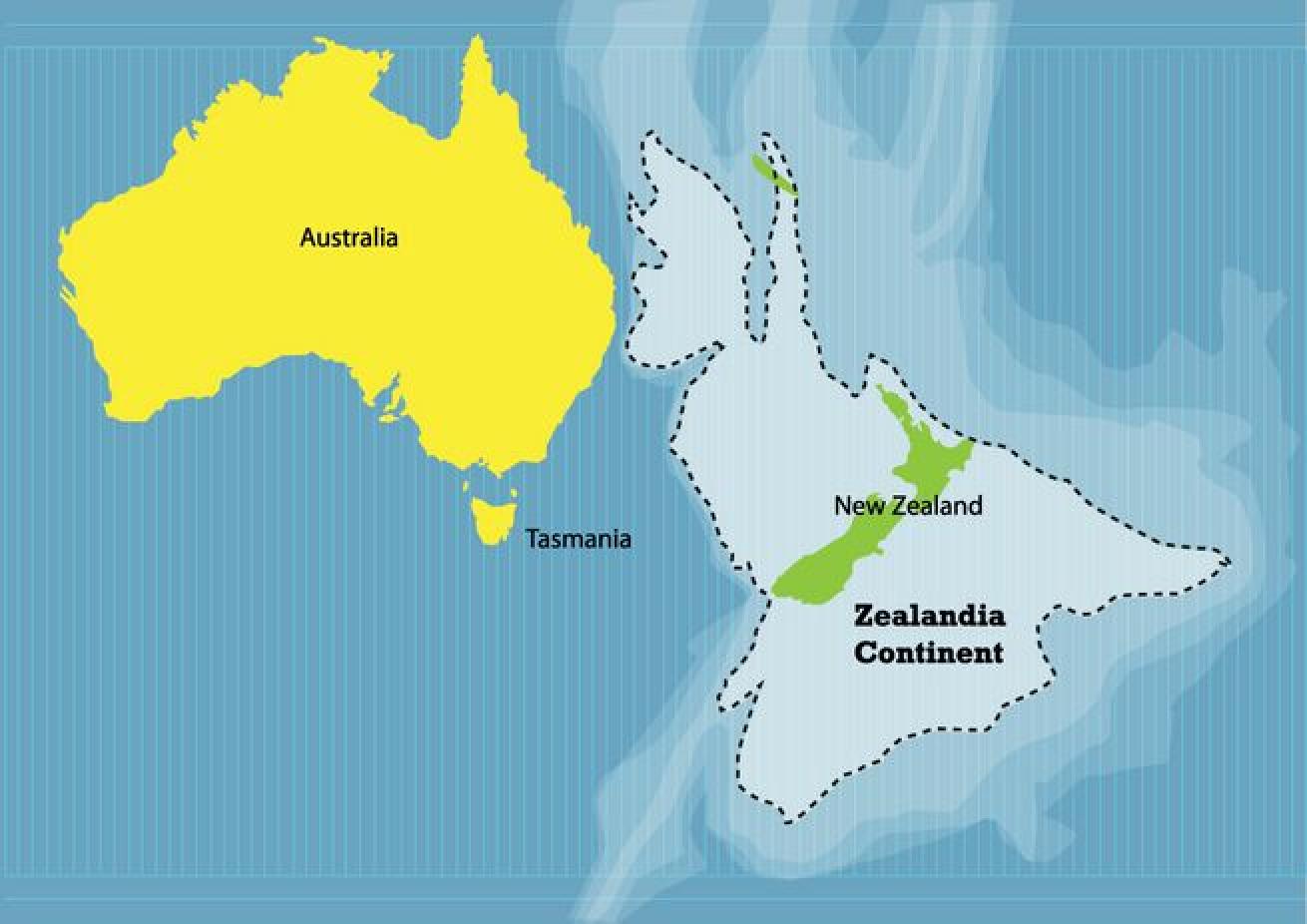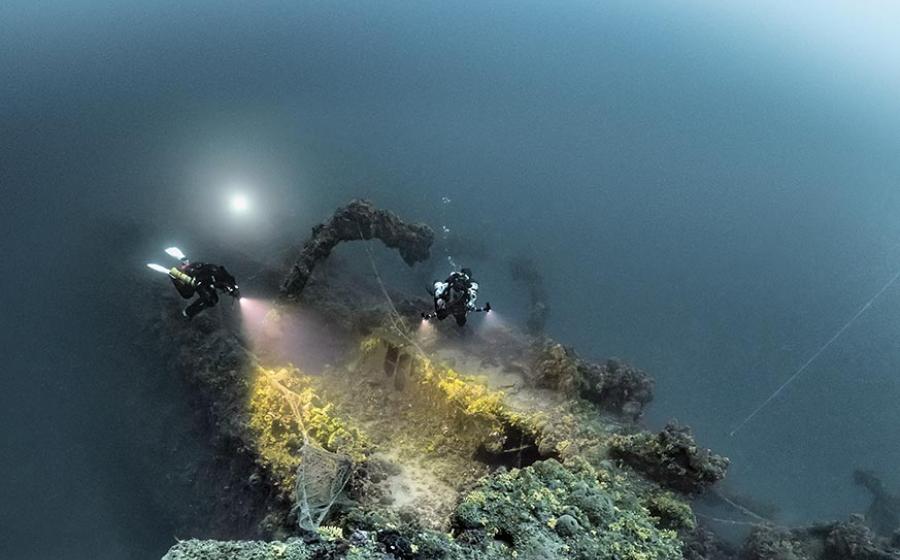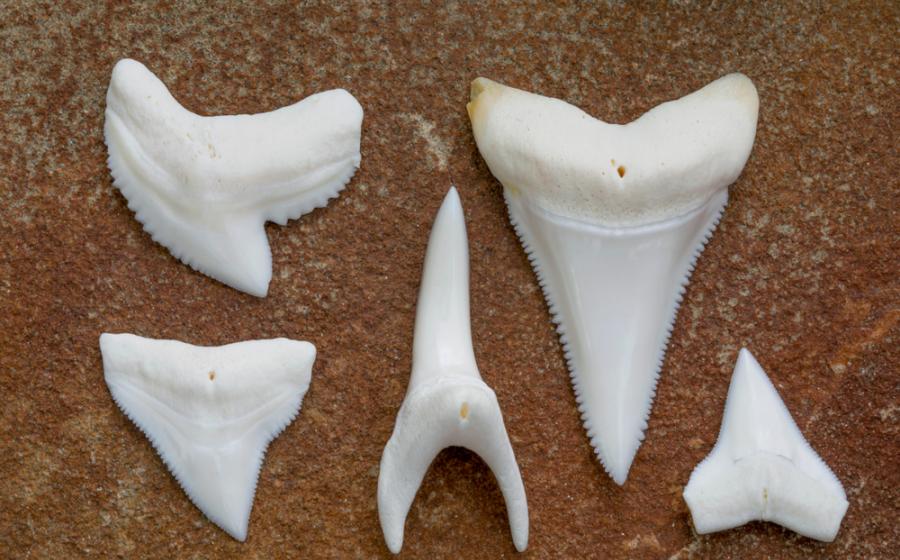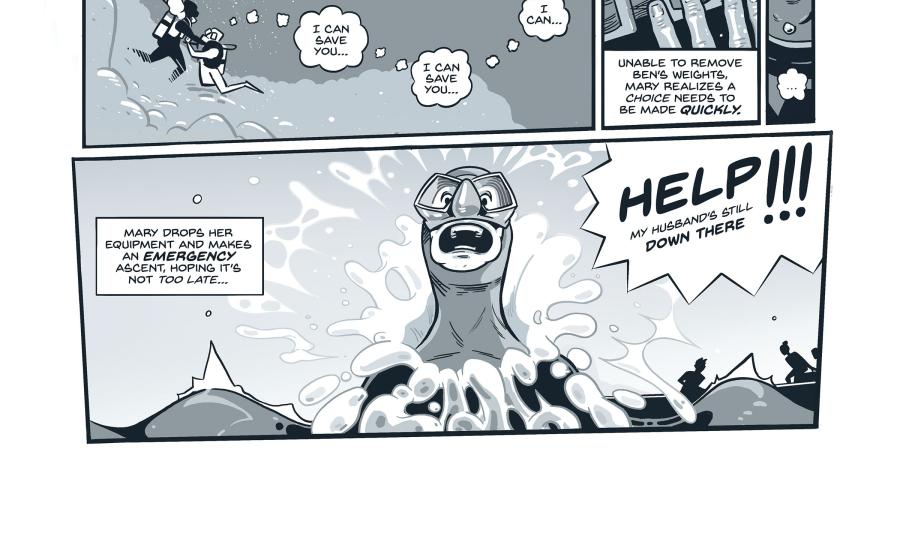Map Reveals Details of New Zealand's Lost Continent

Shutterstock.com/Crystal Eye StudioThe sunken continent could shift what we know about the Earth's climate.
New maps of Zealandia, a lost continent that mostly lies on the seafloor except for present-day New Zealand and a few other small Pacific islands, are allowing people around the world to virtually explore the submerged landmass for the first time.
Zealandia was once part of Gondwana, a supercontinent that broke up into Africa, South America, Australia and Antarctica, but it broke off about 85 million years ago and sank into the ocean due to shifts in Earth’s tectonic plates. Today, 94 percent of the 5 million square-kilometer continent lies underwater.
Related Reading: 8 Best Places to Go Kelp Diving
A New Zealand research institute called GNS Science has published two new maps of the continent, as well as an interactive website that helps to tell the story of Zealandia’s origin. Users can layer and toggle maps to find information such as where ancient and modern volcanoes lie and where ridges on the landmass are still spreading.
“They provide a fresh context in which to explain and understand the setting of New Zealand’s volcanoes, plate boundary and sedimentary basins,” geologist Dr. Nick Mortimer, the lead author of the maps, says in a press release.
Scientists are studying Zealandia to determine whether the continent’s existence could change historical climate models, and GNS Science’s interactive website will continue to be updated as more research emerges.
Related Reading: 30 Iconic Places to Dive in 2024
"These maps are a scientific benchmark, but they're also more than that. They're a way of communicating our work to our colleagues, stakeholders, educators and the public," Mortimer says. "We've made these maps to provide an accurate, complete and up-to-date picture of the geology of the New Zealand and southwest Pacific area — better than we have had before."










